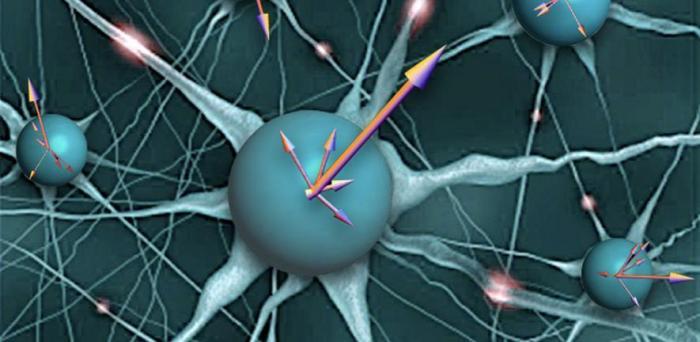An important class of challenging computational problems, with applications in graph theory, neural networks, artificial intelligence and error-correcting codes can be solved by multiplying light signals, according to researchers from the University of Cambridge and Skolkovo Institute of Science and Technology in Russia.
In a paper published in the journal Physical Review Letters, they propose a new type of computation that could revolutionise analogue computing by dramatically reducing the number of light signals needed while simplifying the search for the best mathematical solutions, allowing for ultra-fast optical computers.
Optical or photonic computing uses photons produced by lasers or diodes for computation, as opposed to classical computers which use electrons. Since photons are essentially without mass and can travel faster than electrons, an optical computer would be superfast, energy-efficient and able to process information simultaneously through multiple temporal or spatial optical channels.
The computing element in an optical computer – an alternative to the ones and zeroes of a digital computer – is represented by the continuous phase of the light signal, and the computation is normally achieved by adding two light waves coming from two different sources and then projecting the result onto ‘0’ or ‘1’ states.
However, real life presents highly nonlinear problems, where multiple unknowns simultaneously change the values of other unknowns while interacting multiplicatively. In this case, the traditional approach to optical computing that combines light waves in a linear manner fails.
Now, Professor Natalia Berloff from Cambridge’s Department of Applied Mathematics and Theoretical Physics and PhD student Nikita Stroev from Skolkovo Institute of Science and Technology have found that optical systems can combine light by multiplying the wave functions describing the light waves instead of adding them and may represent a different type of connections between the light waves.
Image: Artist's impression of light pulses inside an optical computer
Credit: Gleb Berloff, Hills Road Sixth Form College
Reproduced courtesy of the University of Cambridge
